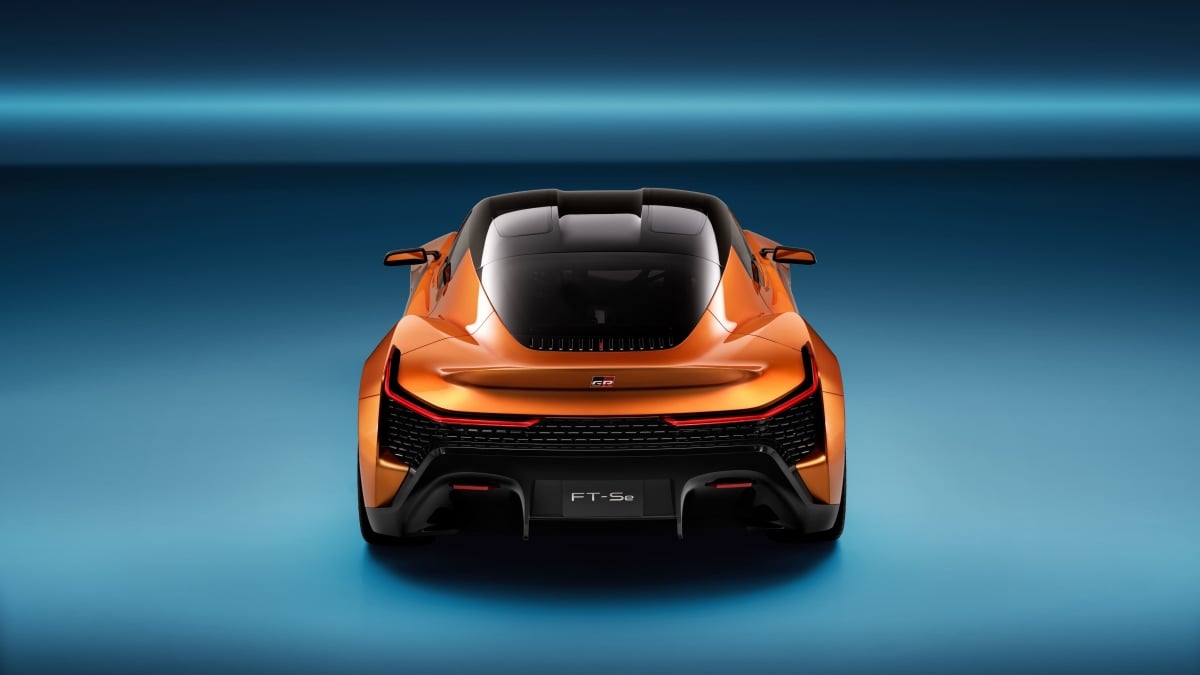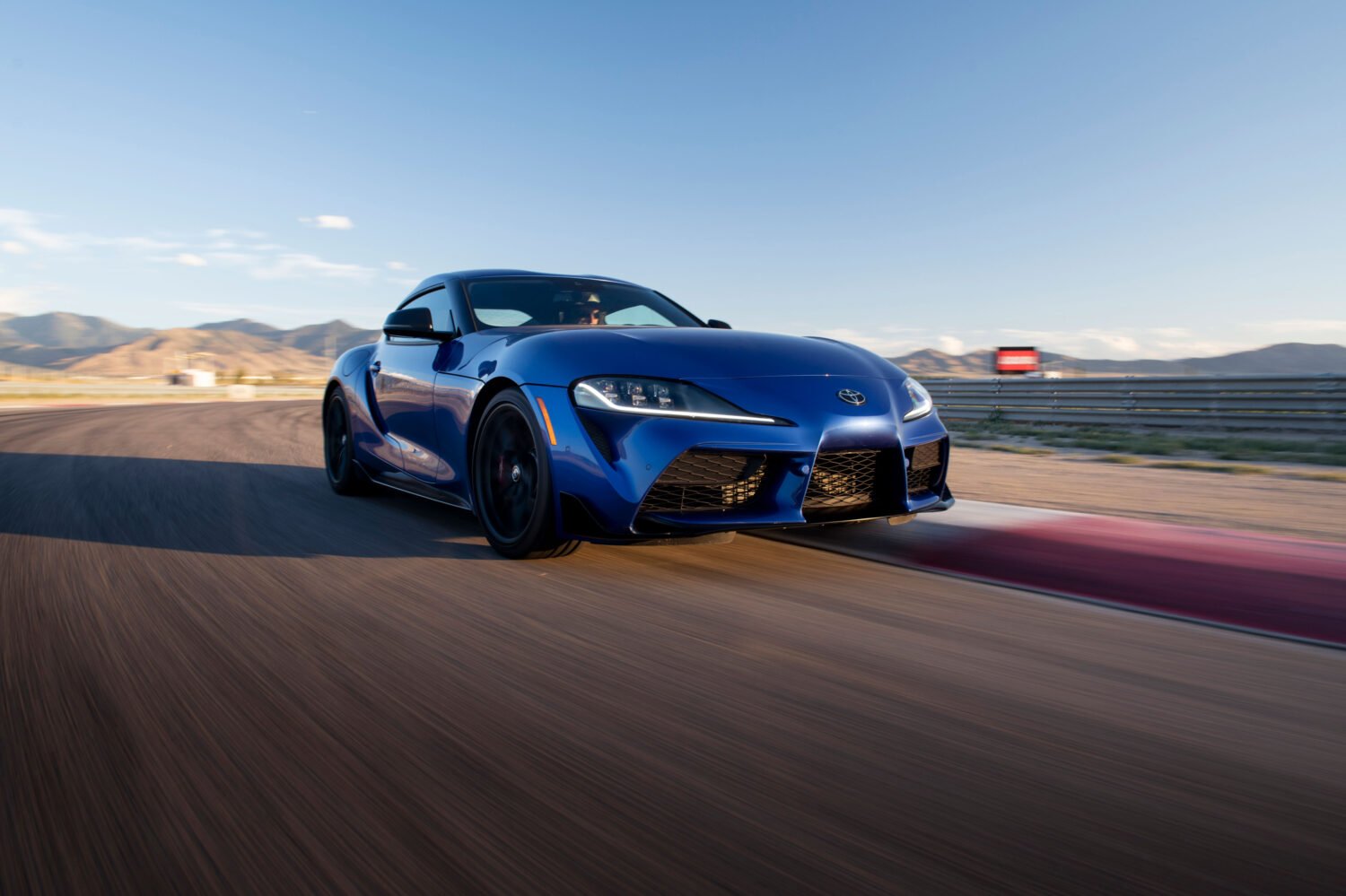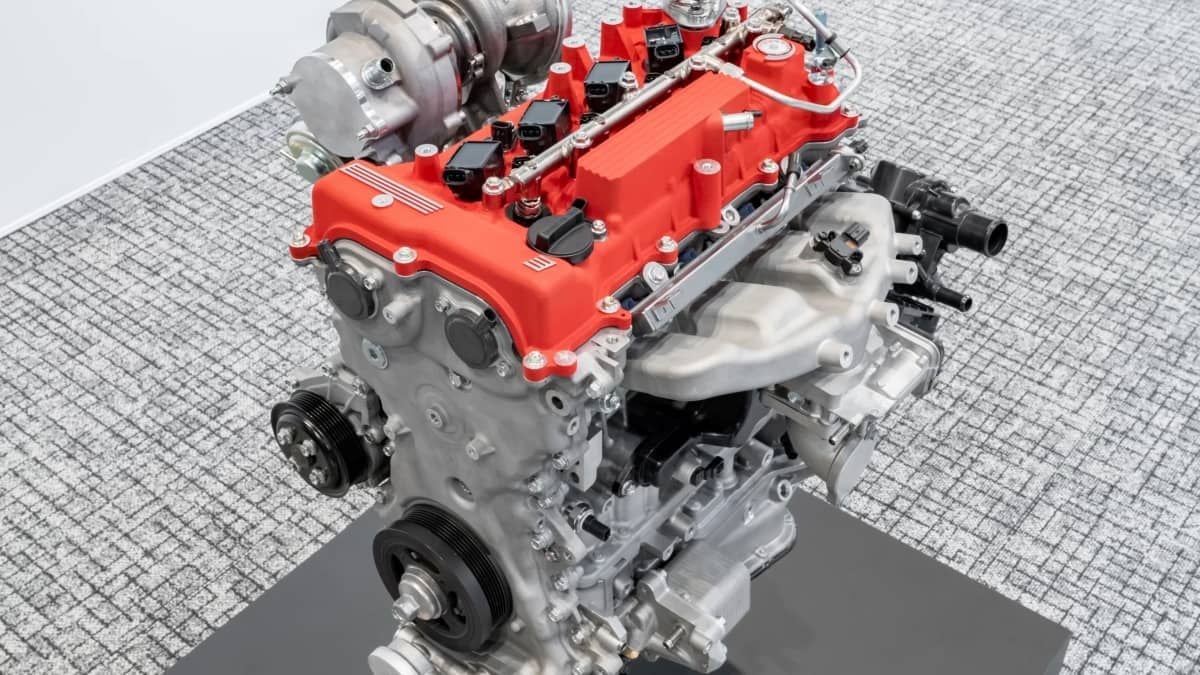Toyota's strategy to reduce its carbon footprint may involve mass electrification across the company's lineup, but it still favors internal combustion engines. As more and more automotive companies go back to focusing on further developing the internal combustion engine, Toyota seemingly finds a way to keep the internal combustion engine around while promoting the adoption of BEVs.
Toyota's two new engines will replace almost all of the company's existing powerplants. The 2.0-liter engine is the more interesting of the new mills as it will be featured in a variety of exciting new models. It will be extensively featured across Toyota and Lexus’ larger models, starting 2025, and here's everything we know about the new turbo-four.
The new engine will replace most of Toyota's existing powerplants, which means multiple power outputs
Toyota recently axed its last non-hybrid V-6 engine – the 2GR-FSE. The 3.5-liter, naturally-aspirated V-6 engine made way for Toyota's all-new 2.0-liter, turbocharged, inline-four, which will be featured in a wide range of Toyota and Lexus models, in both hybrid and non-hybrid forms.
Among the first models to get this engine are the Lexus IS and Lexus ES. In those models, the engine is expected to produce 200, 250, and 300 horsepower in non-hybrid form and over 300 horsepower in hybrid form. One of the variants will, reportedly, make 296 horsepower and 295 pound-feet.
This includes FHEV and PHEV setups. This ties in perfectly with Toyota's recent partnership with Revel, which aims to accelerate the adoption of BEVs in cities. Toyota currently has a 2.4-liter engine, which works in the company's SUV and pickup truck models, in both hybrid and non-hybrid variants. Eventually, the 2.0-liter turbo-four could replace the 2.4-liter as well, since it packs more performance from smaller displacement.
Capable of a lot more power

We know that in road-going form, Toyota's new 2.0-liter, turbocharged, inline-four engine will produce up to 400 horsepower and 400 pound-feet in the range-topping Toyota Celica GR Sport and the mid-engine Toyota MR-2 GRMN.
That said, Toyota developed this engine with racing in mind, and fully unhinged, the 2.0-liter unit will make 592 horsepower. With almost 300 horsepower per liter, this will be the inline-four engine with the highest specific output of any car.
We know Toyota is also pushing the synthetic fuels agenda. The Japanese company's partnership with Exxon Mobil completed successful trials of zero-emission fuels, which, unlike hydrogen, do not require modifications to the existing internal combustion engines. This means that the turbo-four engine will be able to run on these eco-friendly fuels, although initially, this will likely be limited to motorsport applications, due to the lack of infrastructure.
The most likely candidate for the next-generation Toyota Supra

Toyota GR Supra is expected to receive radical changes after 2026. We know the nameplate will live on, as it was confirmed by Toyota's Australia sales and marketing boss Sean Hanley, who when asked if the GR Supra is going away said “No, no, that's speculation. Let me tell you: Supra as a model that is not stopping.” This doesn't say anything about not making changes to the model and the fact the track-focused Toyota Supra GRMN is coming out next year, suggests that this would be the swan song of the current model.
The next-generation Supra is rumored to drop the BMW platform, and given Toyota's current engine lineup, there is only one valid choice for powertrain – the new, 2.0-liter turbo-four. The Supra has always been Toyota's flagship sports car, so it is likely that the next iteration will get the full 400 horsepower plus an electric motor in order to pack more performance than the upcoming Celica and MR-2.
About the author
Dimitar Angelov's automotive interests made him an expert in a wide variety of vehicles. Japanese brands like Toyota are closest to his heart, although performance cars in general are his favorite segment, which is why he is constantly on the lookout for the best deals on the market. Dimitar Angelov's car passion and knack for the written word led him to complete a Master of Arts in Media and Communications, and classic car restoration. Dim is happy to get behind the wheel of any car and share his impressions. You can follow Dimitar on X, Linked-in, Instagram, and Facebook.
Image sources: Toyota new engines, Toyota FT-SE, 2025 Toyota GR Supra






Comments
I’m not buying Turbo…
Permalink
I’m not buying Turbo ANYTHING!. If that is all Toyota is offering, I say ADIOS!